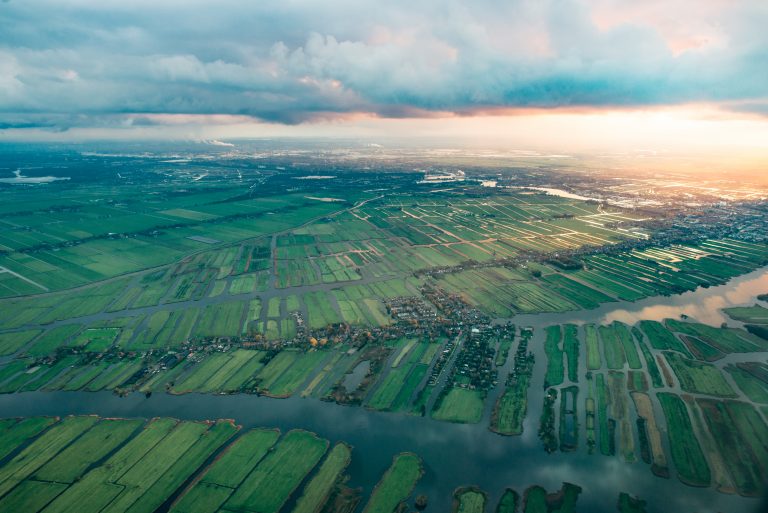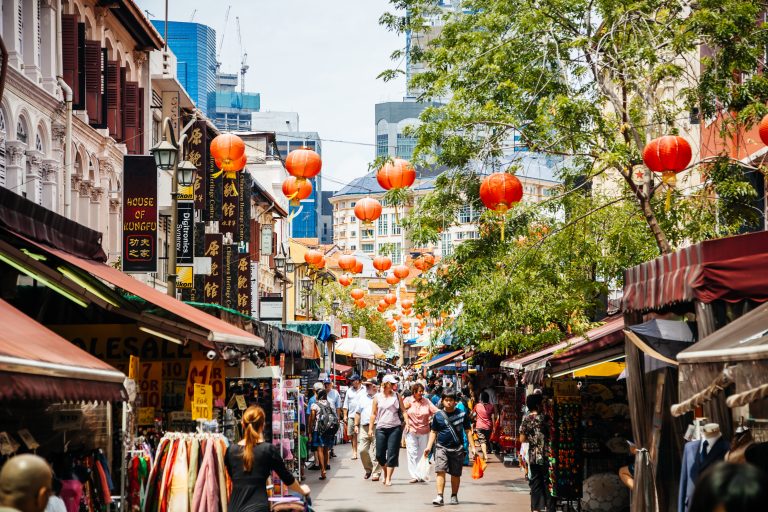Anthony Hunt, Chair of the Belize Tourism Board’s Airline Development Team and Director of Marketing and Route Planning for Tropic Air recently met with a group of George Washington University tourism students to discuss the role that airlines generally—and route planning more specifically—play in determining a destination's potential for tourism development. During the brown bag lunch presentation, he discussed his own approach to growing Belize’s tourism arrivals and the ongoing collaboration involved in such an undertaking.
1) What is the relationship between flight capacity and the ability of a tourism destination to develop?
Airline seats are what allow a destination to grow. An increased number of seats spurs competition, drives prices down and stimulates demand. Increased arrivals also leads to hotel investment and employment in the hospitality support sectors. So the launch of even one new route creates enormous trickle down benefits.
2) How do you define airlift in this case?
It means the overall capacity provided by an airline to a specific destination or market, and it can be measured in terms of inbound seats (arrivals) or round-trip flights.
3) If a destination is managing for sustainability, what are guidelines for responsible growth in terms of air traffic and new routes?
The single most important guiding factor should be a close correlation between the demographics of the airline’s passengers and the character of the destination. If there is a misalignment around demographics, it can lead to unhappy visitors. For example, if tourists are anticipating white sandy beaches and don’t care about protected mangrove areas, which harbor wildlife, you’re setting the state for unhappy visitors. A good example of contrasting airline demographics is Alaska Airlines vs Spirit. One airline’s passengers might be a better fit for Guanacaste, Costa Rica, which is more nature-oriented. The other may be better off in Cancun, which is all about sandy beaches and nightlife.
4) What are some of the challenges you've faced in helping Belize to develop as a tourism destination?
The five greatest challenges, in descending order, have been: 1) the need to advocate around issues such as removing visa restrictions 2) competition with other destinations willing to offer revenue guarantees 3) support for the process over time, which requires ongoing stakeholder engagement and education 4) funding, which is needed for the constant advocacy work as well as building the business case 5) developing a cohesive, diverse team, which represents the various the public and private stakeholders.
5) What is the number one lesson that you've learned from your experience in Belize, which you feel could be applied elsewhere?
Respect for the process. People often want to go to straight to the CEO when they’re advocating. But it’s important to include everyone in the process as you work through each obstacle and truly lay the groundwork for a successful service launch.



